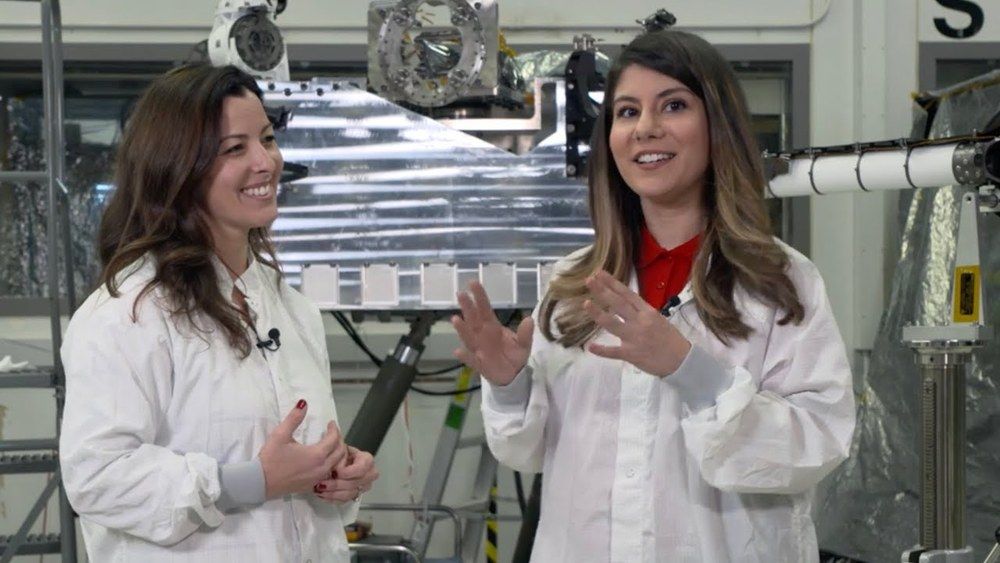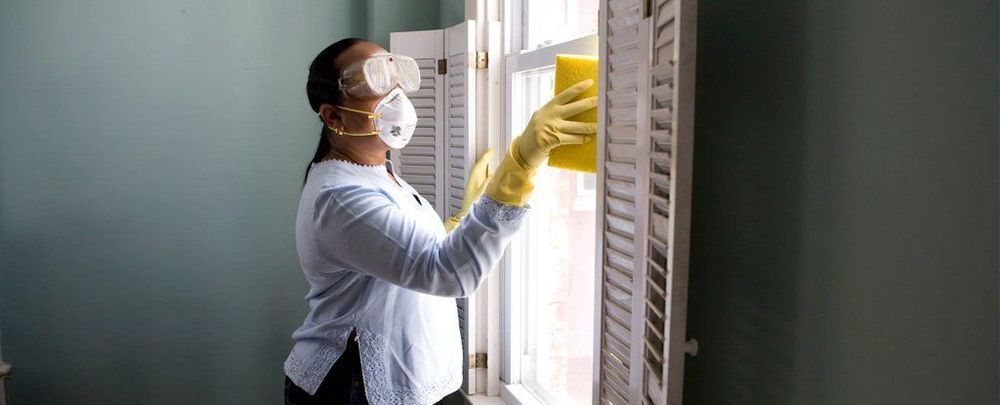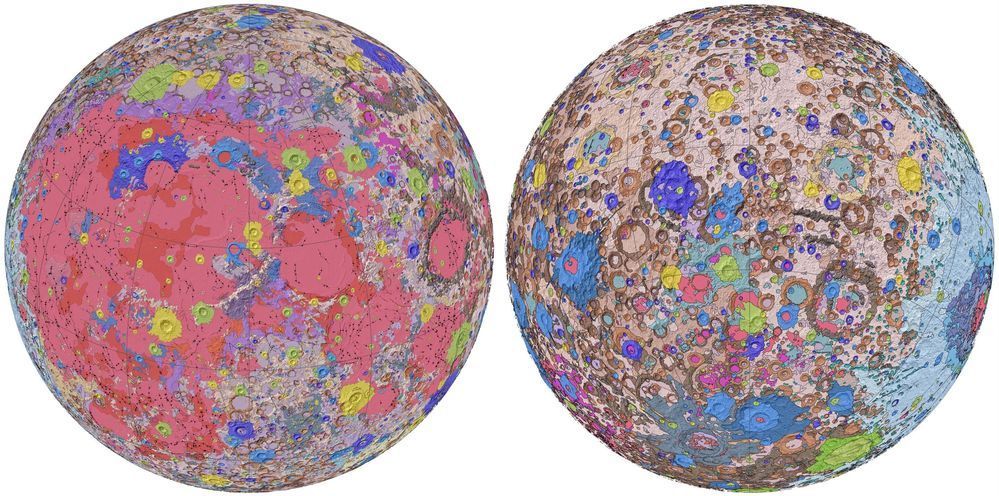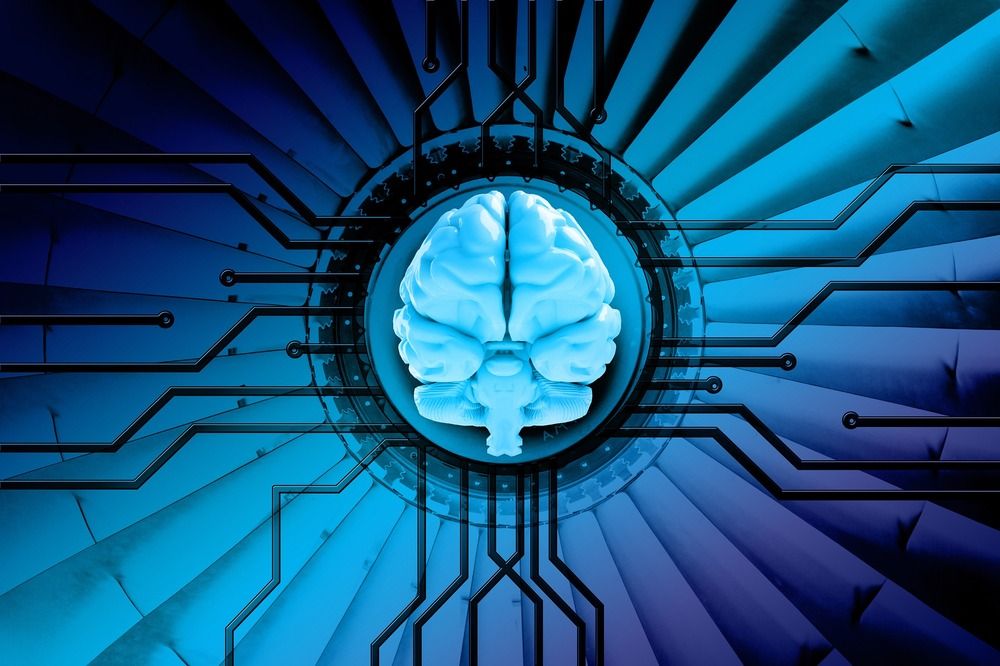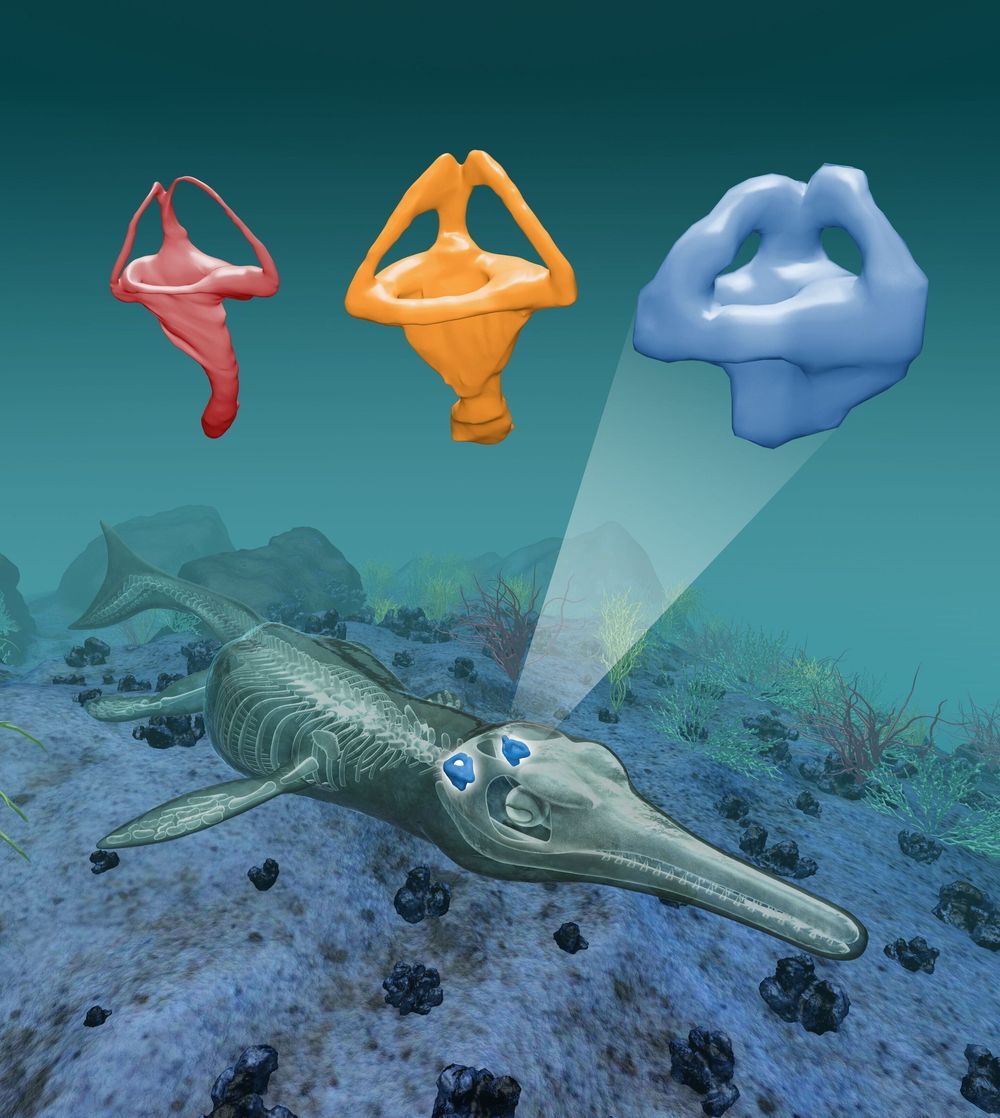Apr 23, 2020
S1 Smart Lock unlocks through fingerprints, NFC, passcodes or app
Posted by Genevieve Klien in categories: internet, mobile phones
Who knew there were so many “smart” ways to unlock a lock? For years companies have been trying to get people to use their phones or keypads or fobs, and now a new startup called Yeeuu Tech has thrown a bunch of methods into one device. The S1 Smart Lock packs eight different unlocking methods, and it can be fitted into most existing locks.
The S1 takes the place of an existing door handle and lock barrel. To unlock it, users can scan their fingerprint, punch in a passcode, use the app via Wi-Fi or Bluetooth, use a device with NFC, tap an included custom “badge”, give a voice command through an assistant, or use an old-fashioned mechanical key.
The fingerprint sensor is located on the top in easy thumb reach, and can apparently be read in under half a second. The system can store up to 50 different fingerprints.

